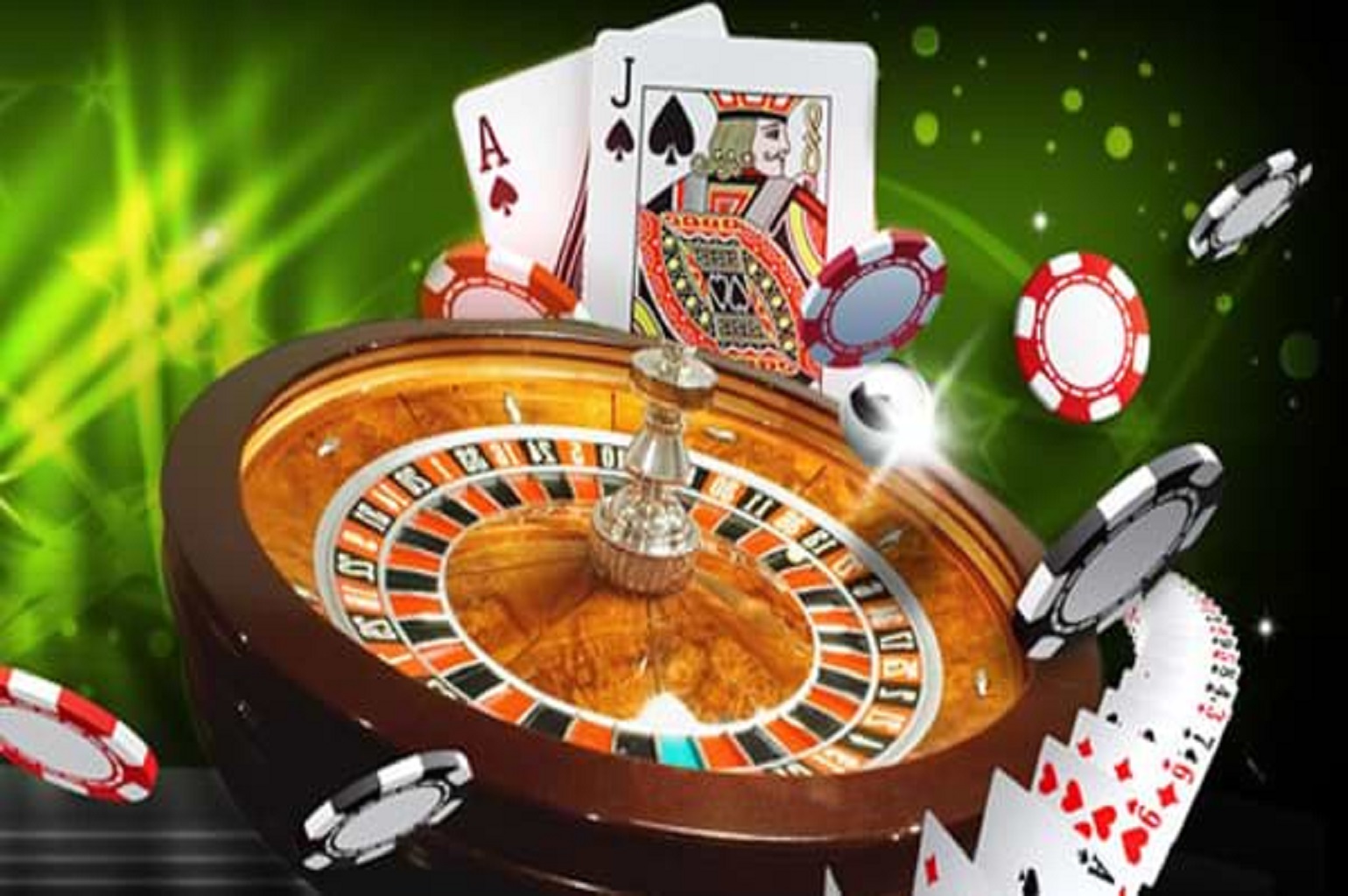Understanding the Various Types of Playing Cards in Casino Games

Casino games have been a well of entertainment and thrill for numerous players around the world. One of the main components that make these games engaging is the diversity of cards used in different types of games. Understanding the different kinds of cards can enhance your experience and improve your gameplay strategies. VN88 Regardless of whether you are attracted to traditional card games like poker and 21 or newer casino games, each game relies on a unique set of cards that affects the rules and the flow of play.
In casino environments, cards come in several forms, each designed to meet the requirements of specific games. From regular decks to specialized card types, the diversity plays a key role in shaping the mechanics of each game. By familiarizing yourself with these cards and their applications, you can achieve more profound insights into the games and make better decisions at the table. This knowledge not just enriches your overall gaming experience but also adds to a more sophisticated approach to your odds of success.
Types of Playing Cards
When discussing casino games, the type of playing cards used can greatly impact the gameplay and strategy. The most frequent deck is the traditional 52-card deck, which consists of four suits: hearts, diamonds. Each suit contains thirteen ranks, from Ace to King. This traditional deck is essential in many games, such as black-jack, where gamblers aim to form the best hand possible or approach 21 as they can.
Some casino games use special decks specifically designed for those games. For example, the well-known game of baccarat often employs multiple decks shuffled together, typically six or 8. This not only increases the difficulty of the game but also impacts betting strategies, as players must consider the increased number of cards in play. Additionally, certain games may introduce joker cards or wild cards, providing further diversity and thrill to the gambling experience.
In niche games, custom decks may come into play. For example, in games like bridge or Pinochle, participants might use unique rules with different card values or functions. These changes keep the gameplay new and allow for varied strategies to emerge. Understanding the various types of playing cards and their particular uses in various casino games is key to improving one's gambling experience and boosting overall performance at the tables.
Deck Modifications in Casino Activities
In casino activities, the kind of set of cards used can significantly affect both the gameplay and the strategies employed by players. Most classic playing card games, such as 21 and poker, typically utilize a regular 52-card pack. However, variations do exist where additional jokers or even multiple packs are used. For example, in blackjack, some gaming establishments may use one to eight decks, which can change the odds and the fundamental tactics required to compete effectively. Participants must be cognizant of the set of cards makeup, as it influences the casino advantage.
Another common variation in gambling card games is the use of themed or specialized packs. For example, some five-card draw games might use a set of cards that includes unique images or patterns, which can enhance the atmosphere at the table. These specialized packs often serve to differentiate between different play formats or loyalty initiatives within the casino. While the traditional guidelines of the game remain the same, the visual appeal can affect participant involvement and enjoyment.
Finally, the mixing methods employed with various types of decks can also impact play. Casinos often make use of automatic shufflers that can effectively reorder several decks effectively, making hand counting more challenging. The frequency and method of mixing can differ widely based on the activity and the casino's rules. Understanding these deck modifications is crucial for any player seeking to enhance their game strategy and overall satisfaction in gaming games.
Value of Playing Card Values
In casino games, the value of individual card plays a key role in determining the outcome of various games. Different activities assign specific values to cards, shaping tactics and player choices. For example, in blackjack, cards ranging 2 through 10 are rated at their nominal worth, while face cards hold a worth of ten, and the Ace can be worth as one or eleven. Understanding these worths allows players to make smart decisions during play, boosting their odds of winning.
In the same way, in Texas Hold'em, the value of card worths extends to combinations and hand rankings. High worth cards can form more powerful combinations, such as two of a kind, straight hands, or flush hands, which are important for triumph in the game. Players must consider not only their personal hand but also possible combinations their opponents might hold. This tactical complexity adds thrill and complexity, making playing card values a important factor in the appeal of poker appeal.
Moreover, the cognitive aspect of playing card worths cannot be overlooked. Gamers may use the knowledge of playing card values to bluff or mislead their opponents. By understanding how a card's worth can impact the game's dynamics, players can more effectively navigate risks and rewards, creating a thrilling atmosphere in gaming activities. Whether competing for fun or for actual money, knowledge of playing card values significantly influences the overall gaming encounter.
